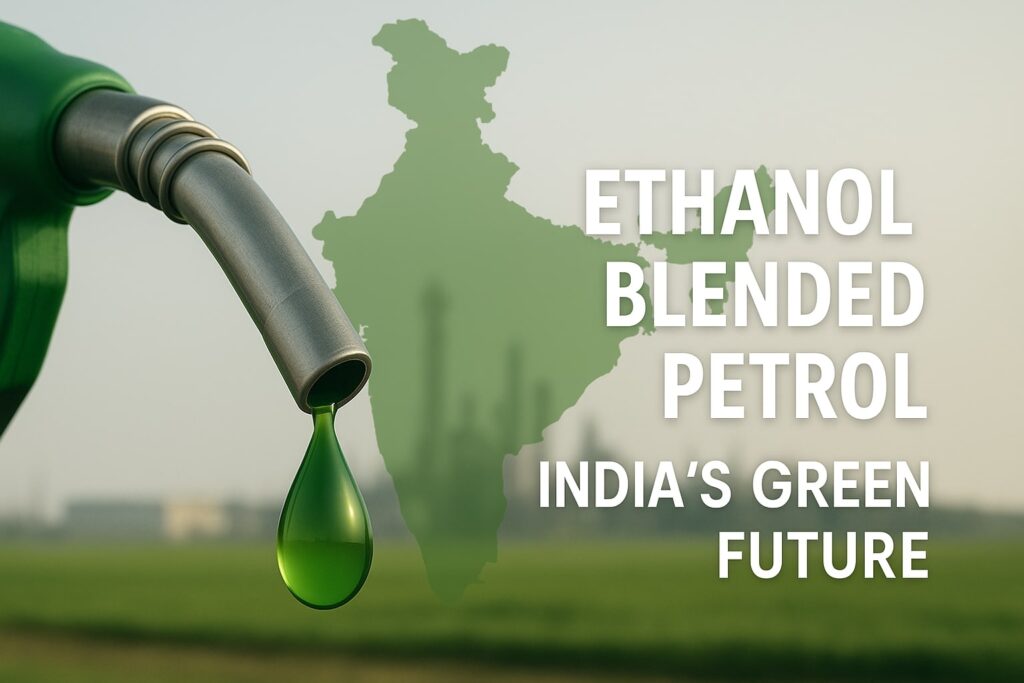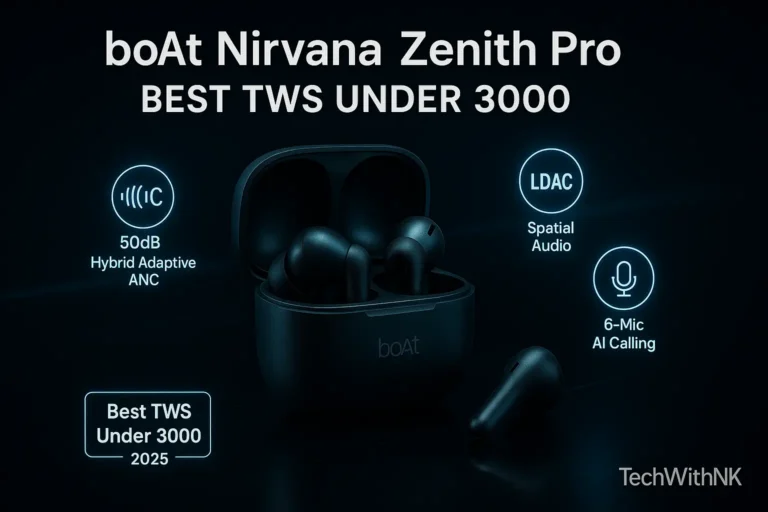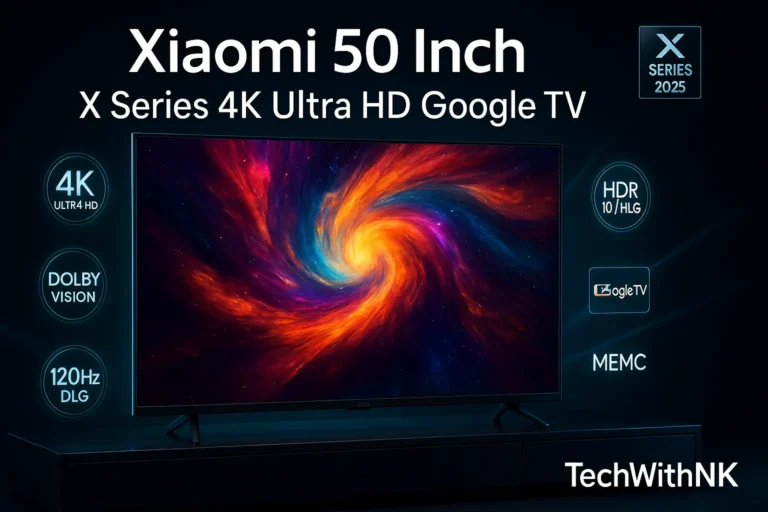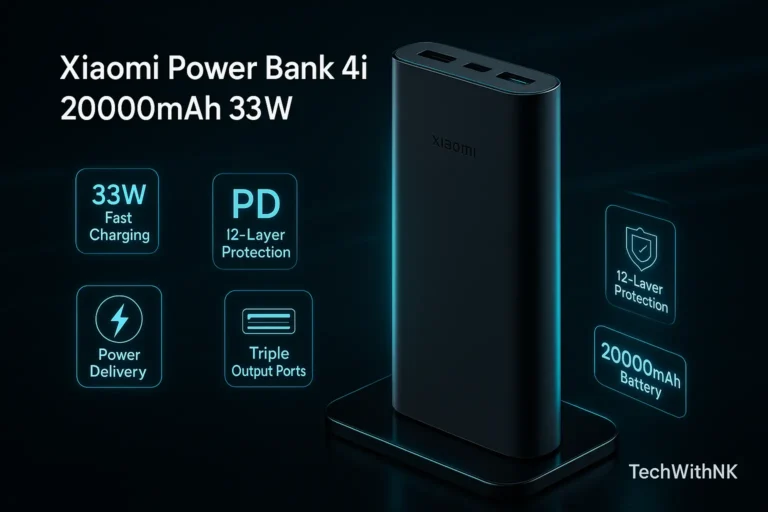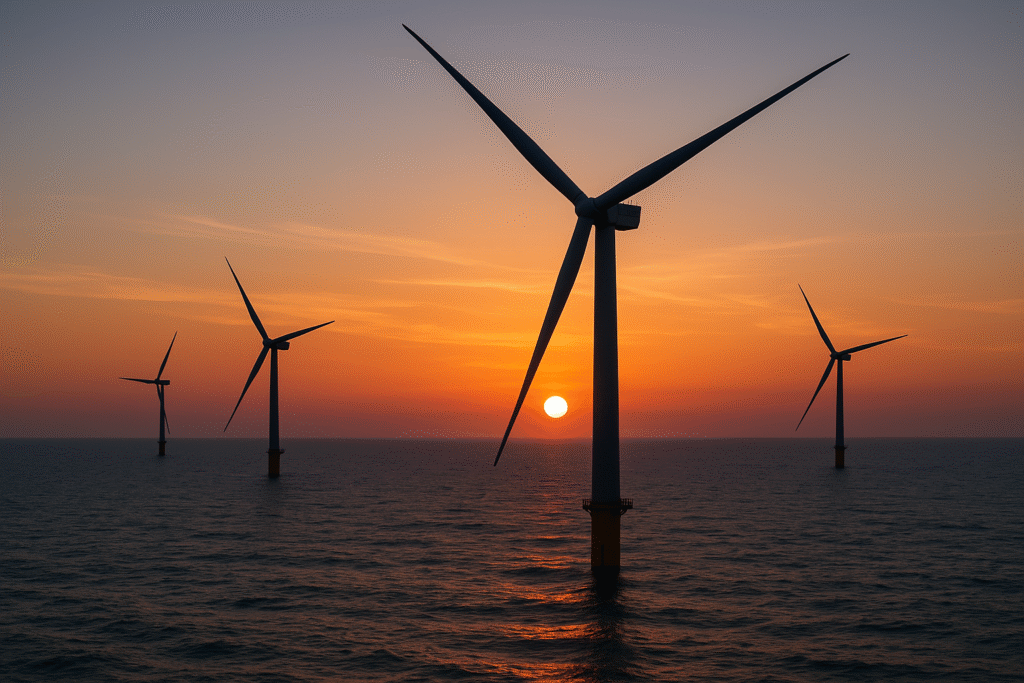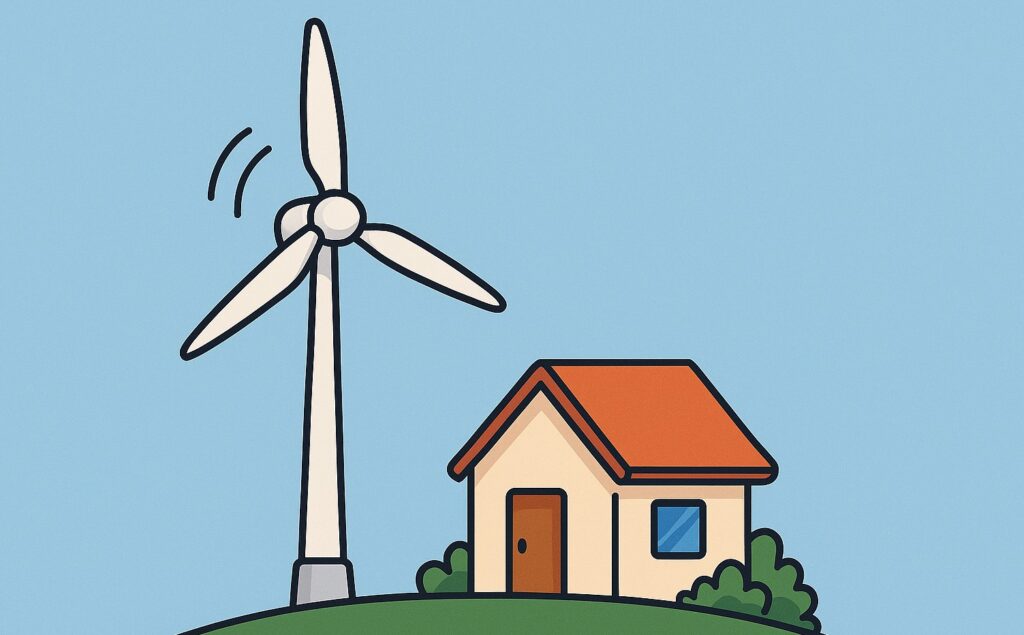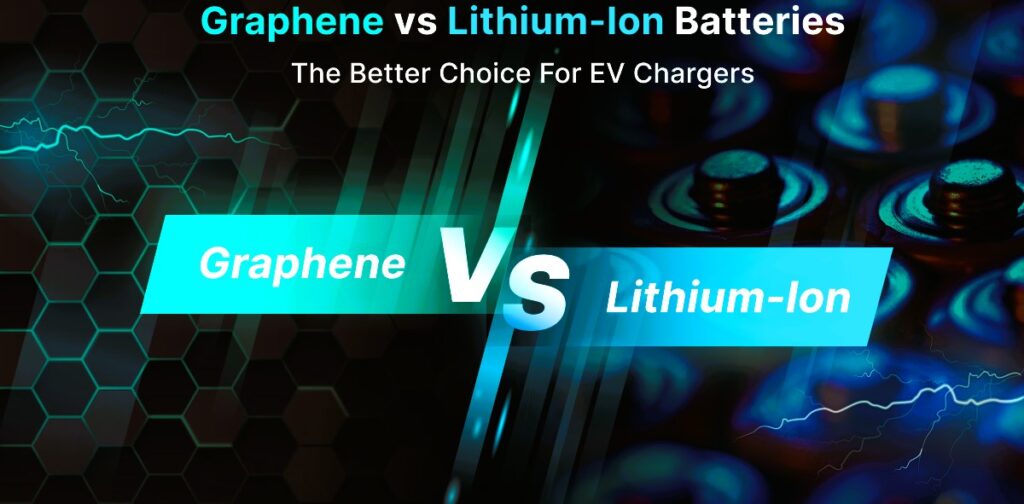Table of Contents
ToggleIntroduction To Ethanol Mixed Petrol
For decades, petrol (gasoline) has been the primary fuel driving India’s massive transport sector. From cars and bikes to trucks and buses, petroleum fuels dominate the energy market. But with the rising global oil prices, increasing pollution levels, and growing dependence on crude oil imports, India has been searching for alternatives.
One of the most promising solutions is ethanol blended petrol (EBP). Ethanol, a renewable biofuel produced mainly from sugarcane, maize, rice, and grains, can be mixed with petrol to create a cleaner and greener fuel. Ethanol blending has already been adopted by many countries such as the United States, Brazil, and European nations, and India is now accelerating its adoption.
The Indian government has set ambitious targets for ethanol blending—E10 achieved nationwide by 2022 and E20 by 2025. But what does this mean for the average consumer, the automobile industry, and the country’s economy? Let’s explore ethanol mixed petrol in detail.
What is Ethanol?
Ethanol (C₂H₅OH) is a simple alcohol that is colorless, volatile, and biodegradable. It is produced by fermenting sugar-rich or starch-rich crops using yeast. Ethanol is already widely used in the beverage industry, pharmaceuticals, and industrial solvents. When used as a fuel, ethanol can be blended with petrol in different proportions.

How is Ethanol Produced?
There are two main pathways:
First-Generation Ethanol (1G): Produced from sugarcane juice, molasses, maize, or grains.
Second-Generation Ethanol (2G): Produced from agricultural waste like crop residues, corn stover, wheat straw, and rice husk.
India is now investing heavily in 2G bio-refineries to avoid the “food vs fuel” conflict, ensuring that ethanol production does not reduce food availability.
Ethanol Blended Petrol (EBP)
What is Ethanol Blending?
Ethanol blending refers to the practice of mixing ethanol with petrol to reduce the consumption of pure petroleum fuel. The blends are typically denoted as:
E5: 5% ethanol + 95% petrol
E10: 10% ethanol + 90% petrol (widely used in India today)
E20: 20% ethanol + 80% petrol (India’s 2025 goal)
E85: 85% ethanol + 15% petrol (common in flex-fuel vehicles abroad)
Why Ethanol Blending is Important?
Reduces greenhouse gas emissions.
Lowers dependence on imported crude oil.
Provides additional income to farmers.
Improves energy security.
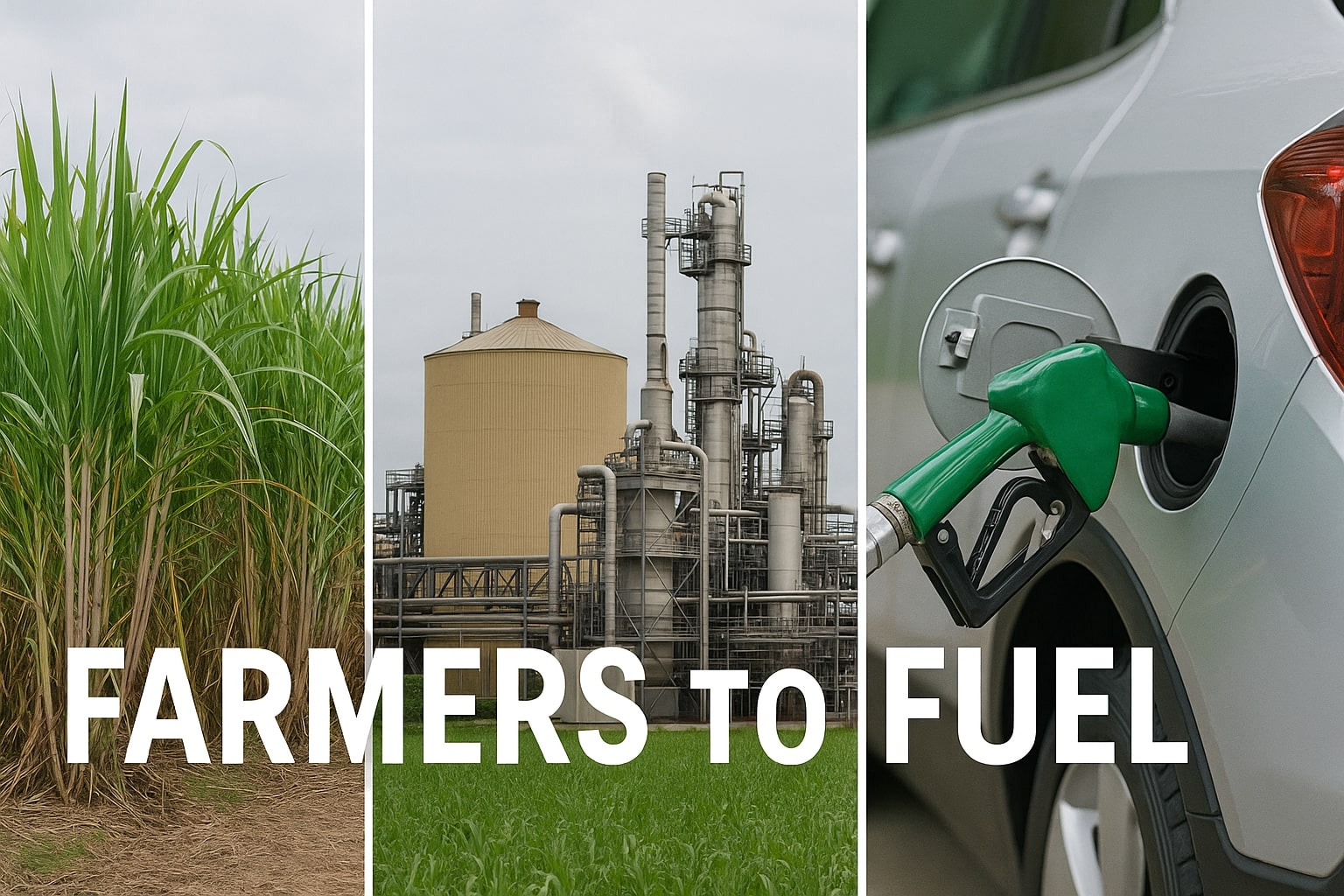
Benefits of Ethanol Mixed Petrol
1. Environmental Benefits
Ethanol produces lower carbon monoxide (CO), hydrocarbons, and sulfur dioxide compared to petrol.
According to studies, E10 fuel reduces CO emissions by up to 30%.
Ethanol is biodegradable and evaporates quickly, reducing environmental damage from spills.
2. Reducing Oil Imports
India spends billions annually on crude oil imports. With over 85% dependency on foreign oil, blending ethanol can save billions in foreign exchange reserves. For example:
E20 blending by 2025 is expected to save $4 billion per year.
3. Support for Farmers
Ethanol is produced from crops like sugarcane, maize, and rice.
Surplus grains and crop residues can be used, ensuring farmers earn extra income.
Reduces crop wastage during bumper harvests.
4. Economic Growth
Encourages establishment of bio-refineries.
Creates jobs in rural areas.
Attracts investment in the renewable energy sector.
5. Better Fuel Efficiency for the Nation
While ethanol has a slightly lower calorific value than petrol, the overall benefits of cleaner air and lower oil imports outweigh the minor mileage drop.
Challenges of Ethanol Mixed Petrol
1. Vehicle Compatibility
Most vehicles in India are designed for E10.
Higher blends like E20 or E85 require engine modifications (flex-fuel engines).
Older vehicles may face issues such as corrosion and reduced mileage.
2. Raw Material Supply
Heavy reliance on sugarcane may stress water resources.
Need diversification into maize, rice husk, and second-generation ethanol.
3. Infrastructure Challenges
Ethanol absorbs water, which can corrode pipelines.
Requires specialized storage and blending infrastructure.
4. Food vs Fuel Debate
Using edible crops like maize and sugarcane for ethanol can raise food price concerns.
India needs to prioritize non-food biomass-based ethanol.
5. Price Fluctuations
Ethanol price depends on crop yield, rainfall, and government policies.
Sudden changes in ethanol supply can disrupt blending targets.
Global Perspective on Ethanol Fuel
Brazil:
Pioneer in ethanol fuel use.
Runs vehicles on E100 (100% ethanol) and E85 flex-fuel.
United States:
Largest producer of ethanol (mainly from corn).
Uses E10 and E15 widely.
European Union:
Promotes ethanol blending under renewable energy policies.
India:
Rapidly scaling from E5 → E10 → E20 within a short period.
Ambitious plans to reduce oil imports by 2030.
Ethanol vs Petroleum
| Parameter | Petrol | Ethanol Mixed Petrol |
|---|---|---|
| Source | Fossil fuel (non-renewable) | Renewable (plant-based) |
| Emissions | High CO₂ & pollutants | Lower emissions |
| Import Dependence | High (85% imported) | Lower due to local production |
| Cost | Price linked to crude oil | Relatively stable (domestic) |
| Engine Compatibility | All vehicles | E10 is safe, higher blends need flex-fuel engines |
| Sustainability | Non-renewable | Renewable & eco-friendly |
Government Policies & Targets in India
Ethanol Blended Petrol Program (EBP): Launched in 2003.
National Biofuel Policy 2018: Set clear blending targets.
E10 achieved nationwide by 2022.
E20 target by 2025.
12 new 2G ethanol plants being set up to use crop residues.
Oil Marketing Companies (OMCs) have already contracted large volumes of ethanol from suppliers.
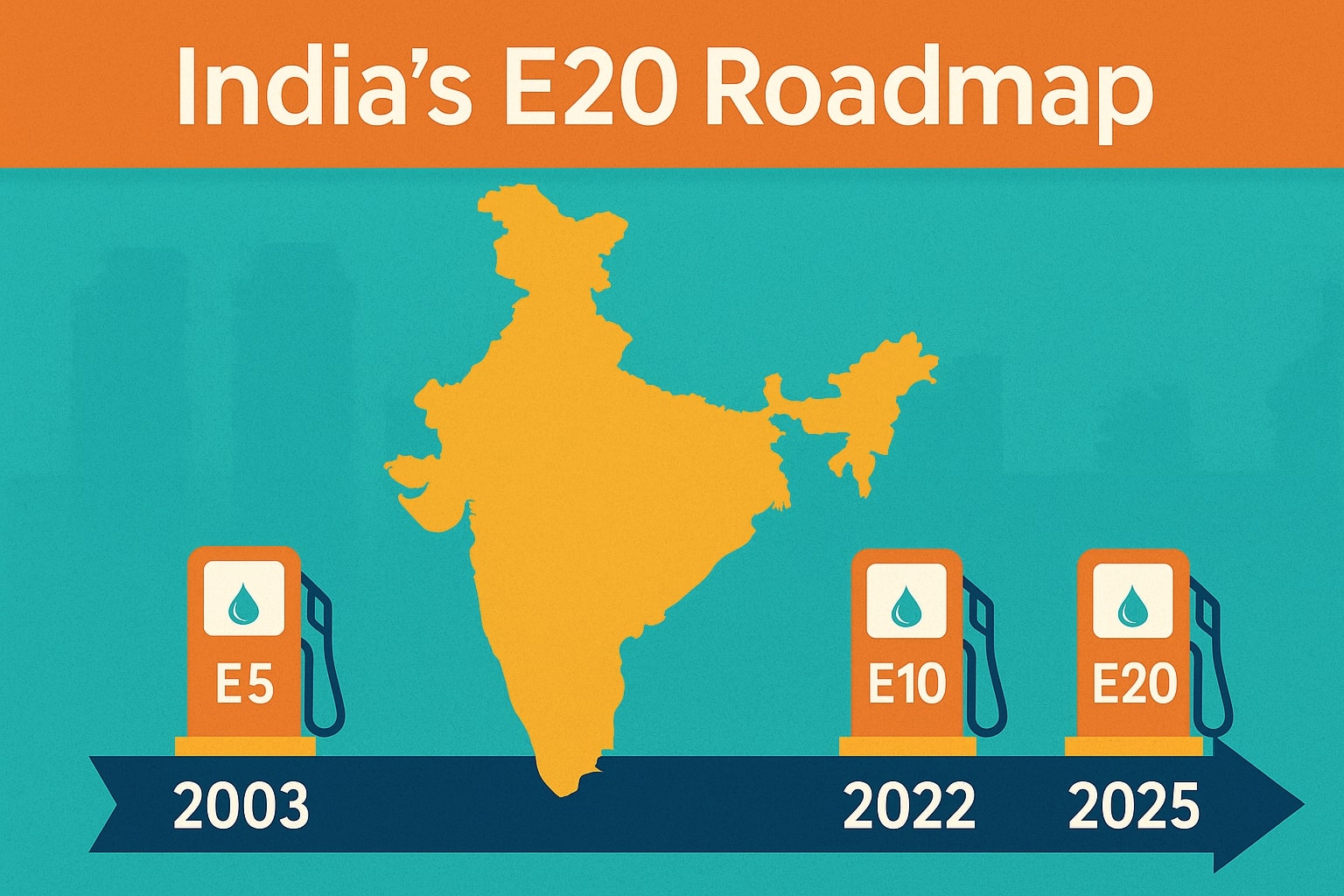
Future of Ethanol Mixed Petrol in India
The future of ethanol blended fuel in India looks promising but requires sustainable implementation.
E20 by 2025: Full rollout across all states.
Flex-Fuel Vehicles (FFVs): Automakers like Maruti Suzuki, Tata, and Hero MotoCorp are working on E20-compatible engines.
Bio-Refineries Expansion: Use of waste-based ethanol to prevent food security issues.
Rural Empowerment: Farmers will directly benefit from increased ethanol demand.
Is ethanol blended petrol safe for my car?
Yes, E10 fuel is safe for all vehicles. For E20, newer vehicles will be compatible, but older ones may need modifications.
Does ethanol reduce vehicle mileage?
Lorem ipsum dolor sit amet, consectetur adipiscing elit. Ut elit tellYes, ethanol has slightly lower energy content, which may reduce mileage by 2–4% at E10 and up to 6–8% at E20.us, luctus nec ullamcorper mattis, pulvinar dapibus leo.
Can ethanol blending reduce pollution in India?
Yes, ethanol reduces carbon monoxide, unburnt hydrocarbons, and particulate matter, making air cleaner.

